The Making of a Michigan Specialty
I grew up in Suburbia. Our food came from the grocery store, not a garden. We prepared meals from fresh, canned, or frozen foods like everyone else I knew. On weekends we’d enjoy a breakfast of pancakes, always topped with pure Michigan maple syrup. Never had I imagined the hours of labor involved in producing something as simple and pure as Michigan Maple syrup. And then I met my in-laws.
Nestled in the woods on a few acres just outside of Honor is a modest home, surrounded by maples. A large garden lies dormant in front of the house, which from the road appears to be resting on a foundation of cord wood. The driveway slopes downhill and curves in front of the pole barn meeting the road and bisecting an old wooden split-rail fence. A weathered hand-painted sign rests against the rails and offers Firewood For Sale. A much smaller sign, only posted when inventory is high, and only noticed by those in the know, markets pure maple syrup.
When I met my in-laws I began to truly appreciate the time, labor and patience involved in making one of nature’s most healthful products.
Michigan maple syrup is 100% natural, organic and fat-free. Producers are licensed by the state and are forbidden from including any additives including artificial colors or preservatives. There are around 500 commercial producers in Michigan, and over 2000 home operations, like that of my in-laws.
The season for producing maple syrup is sort, generally around 6-8 weeks, and weather dependent. When the temperatures at night drop below freezing, and rise to 40 degrees or higher during the day, the sap will flow. In Michigan that usually begins around late February or early March. Small producers, those collecting sap in buckets or bags, will tap trees based on the weather, whereas commercial ones will start and stop based on the calendar. The sap will only flow on days when the conditions are right.
Tapping the Trees
In Michigan sugar and black maple trees are preferred sap makers, although any maple tree sap can be collected and converted to syrup. Holes are drilled in the trees and fitted with collecting spouts called spiles. Buckets or bags are then hung from the spiles to collect the sap. Commercial producers often use elaborate tubing collection systems equipped with vacuums which can increase the yield as much as 50%. A maple tree should be about 40 years old and 10 inches in diameter to be tapped. The number of taps per tree depends on its size, with as many as 4 per tree.
During the season an average tap will generate up to 10 gallons of sap; almost enough to make one quart of syrup.
Collecting the Sap
When I was a child I assumed that maple sap must be like other tree sap; thick, sticky, brown and gooey. Not so. The sap that runs from the tree is clear and made of about 98% water. The remaining 2-3% contains sugars and trace minerals including calcium, phosphorus, iron, sodium and potassium. The liquid is slightly sweet and completely pure. Freezing and thawing temperatures create pressure which forces the sap from the tree. Collection buckets are generally covered to keep out debris and rainwater. Maple syrup is made by boiling this sap to evaporate the water to concentrate the sugars.
It takes 43 gallons of sap to produce one gallon of syrup. So 42 gallons of water must be evaporated.
From Sap to Syrup
It’s a good thing my father-in-law cut wood on the side because it can take more than a cord of hardwood to keep the fires going long enough to create a few gallons of syrup. They gather the sap, one heavy pail at a time, and transfer the liquid to a deep evaporation pan that rests atop a firebox. Smoke is routed away from the syrup with a stovepipe. Sap is continuously added as the water evaporates while foam and debris are carefully skimmed. It’s a labor intensive process and must be carefully timed and attended to avoid boiling over or scorching. When the sugar concentration in the syrup reaches the desired consistency they finish it indoors on the stove.
Syrup boils at 219 degrees Fahrenheit, just above that of water. With a high sugar content the temperature rises quickly, and so does the potential for disaster. More than one stove has been destroyed in the split second between simmering and foaming over-boil. When the syrup reaches the desired temperature it is carefully filtered through clean wool to remove sugar sand and other solids. Stored syrup is packaged hot in tightly sealed air-tight containers.
Maple Syrup and Maple Products
Maple Syrup can be made into other sweet confections including maple cream, sugar and candy. For a fun treat with the kids try pouring it over fresh snow for nature’s own snow-cone. Aside from pancakes and waffles maple syrup is also great drizzled over grapefruit, granola, or ice cream, incorporated in a marinade and in vinaigrettes.
Here are a few of my favorite local products made from Michigan Maple Syrup
Maple Walnut Biscotti, Way North Foods
Sirius Maple Dessert Wine, Black Star Farms
Cherry Maple Vinaigrette, Leelanau Country Inn
Maple Walnut Fudge, Murdick’s Fudge Shoppe
Fun Facts
- The average maple syrup production in Michigan is roughly 90,000 gallons per year, ranking 6th in production nationwide.
- Maple syrup is one of the few agricultural products where demand exceeds supply.
- North America is the only producer of maple syrup since the climate in Europe isn’t favorable for producing sap.
- The production of pure maple syrup is the oldest agricultural endeavor in the U.S.
- The economic impact of the Michigan Maple Syrup industry is estimated at $2.5 million annually.
For more information on the Michigan Maple Syrup industry check out the following links:














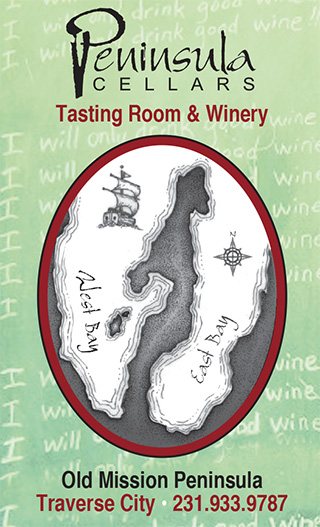

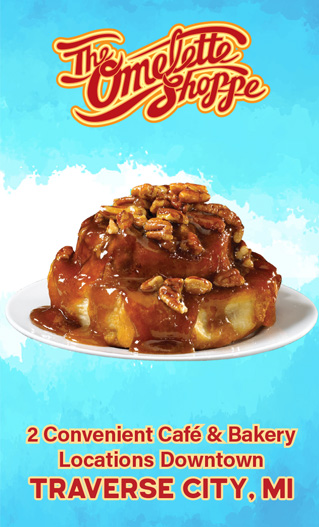





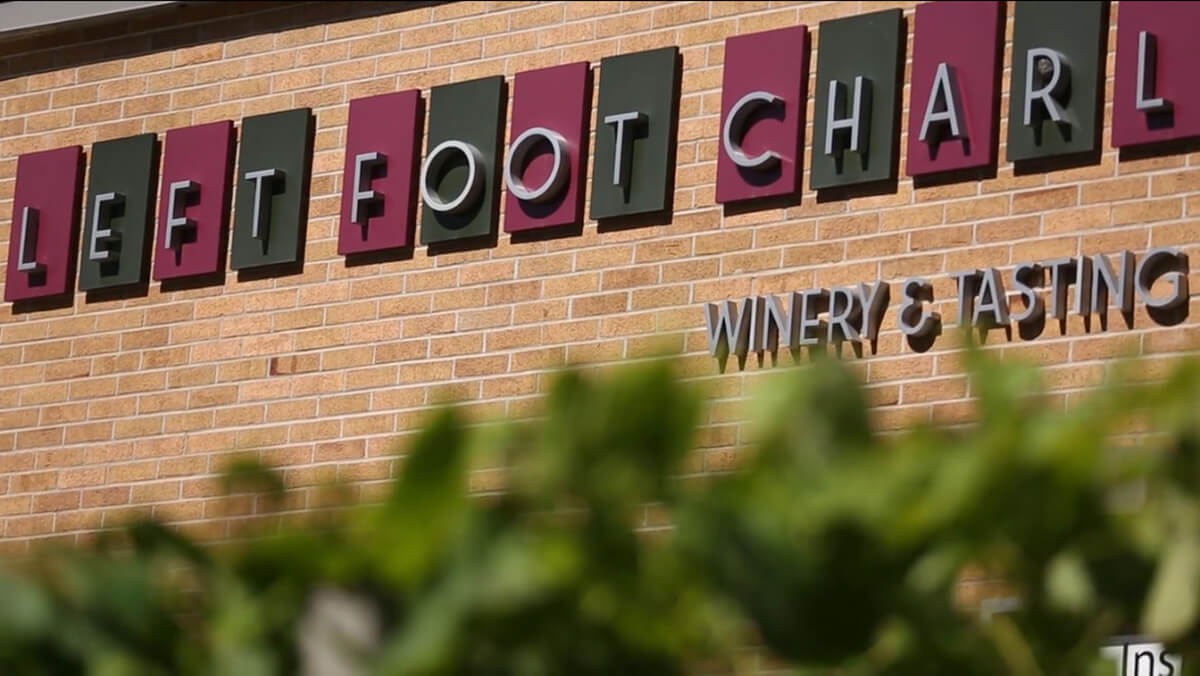

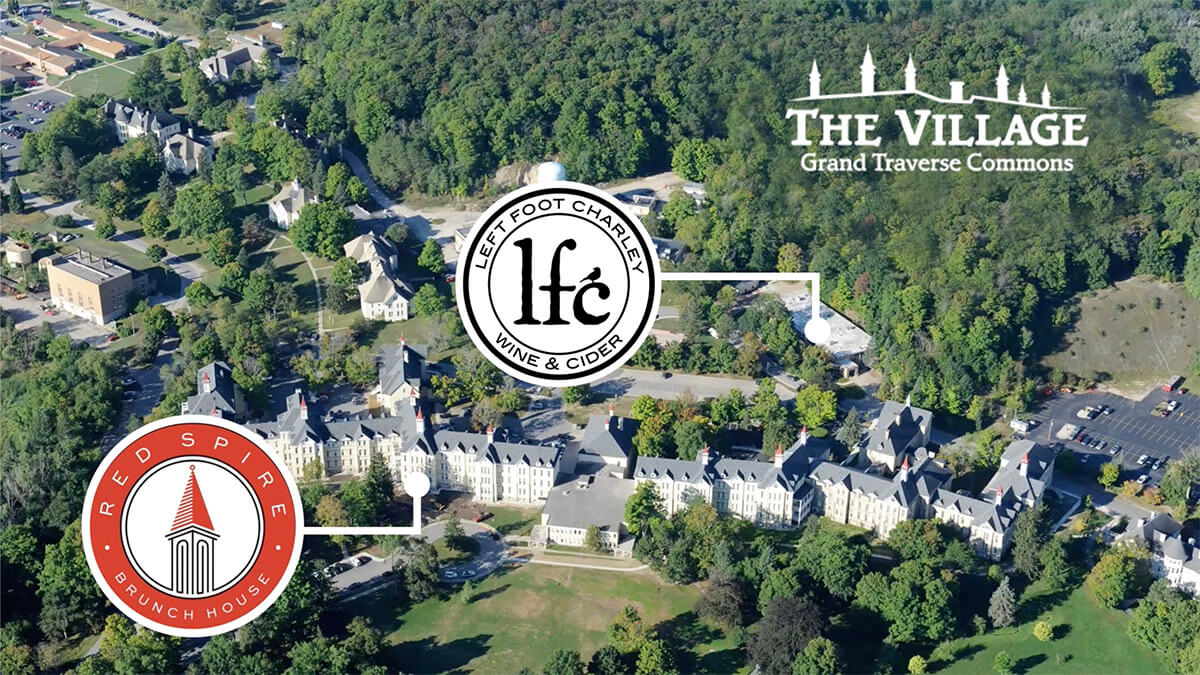

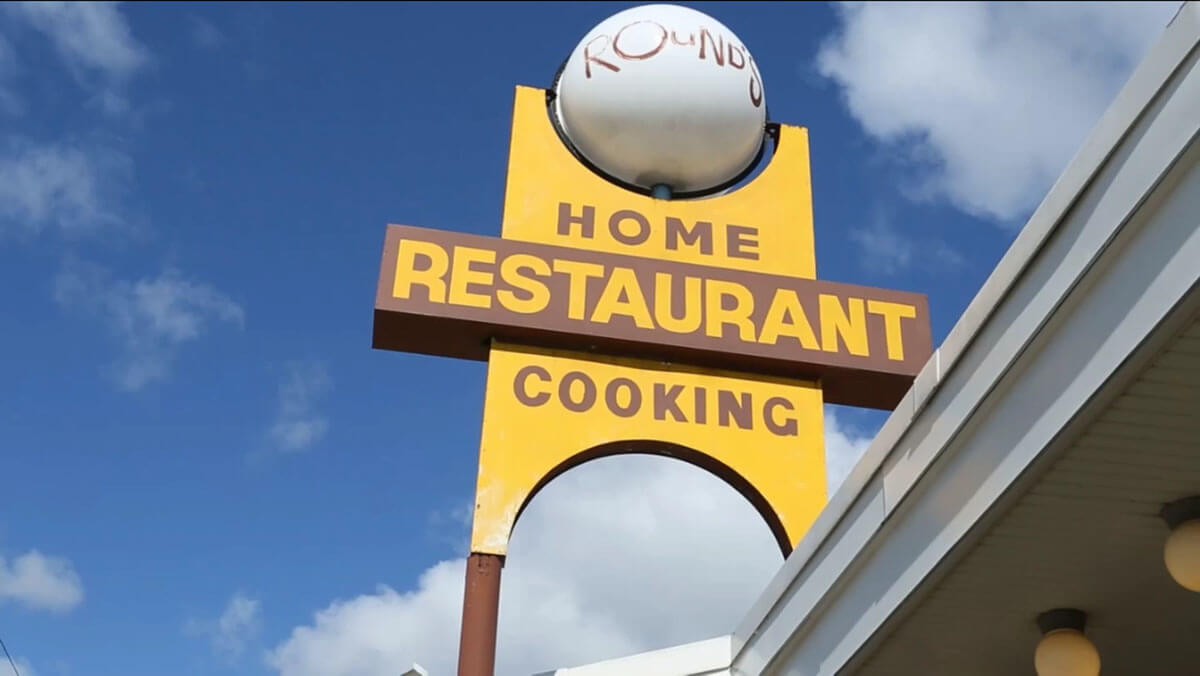



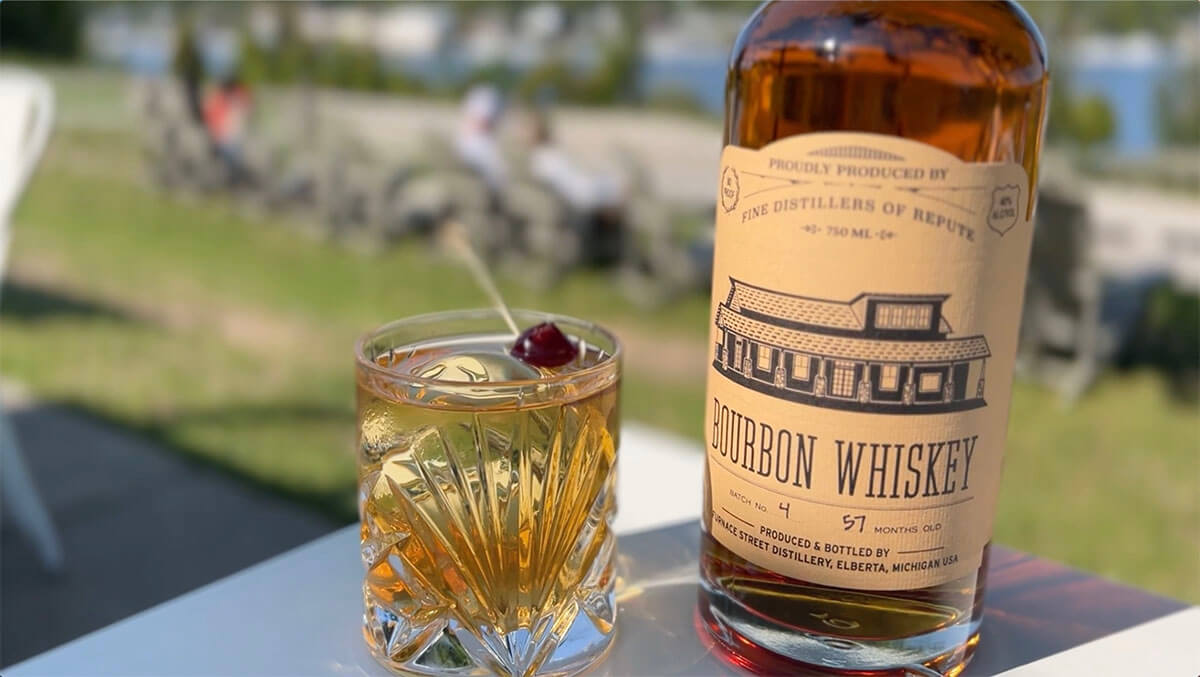
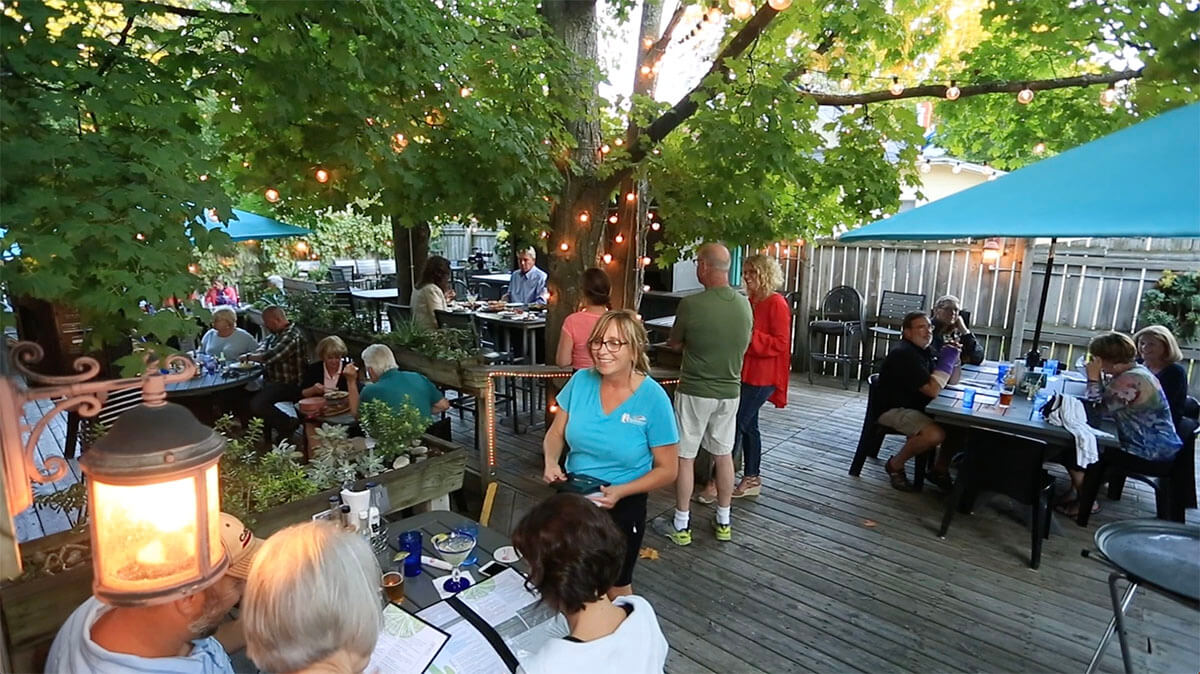
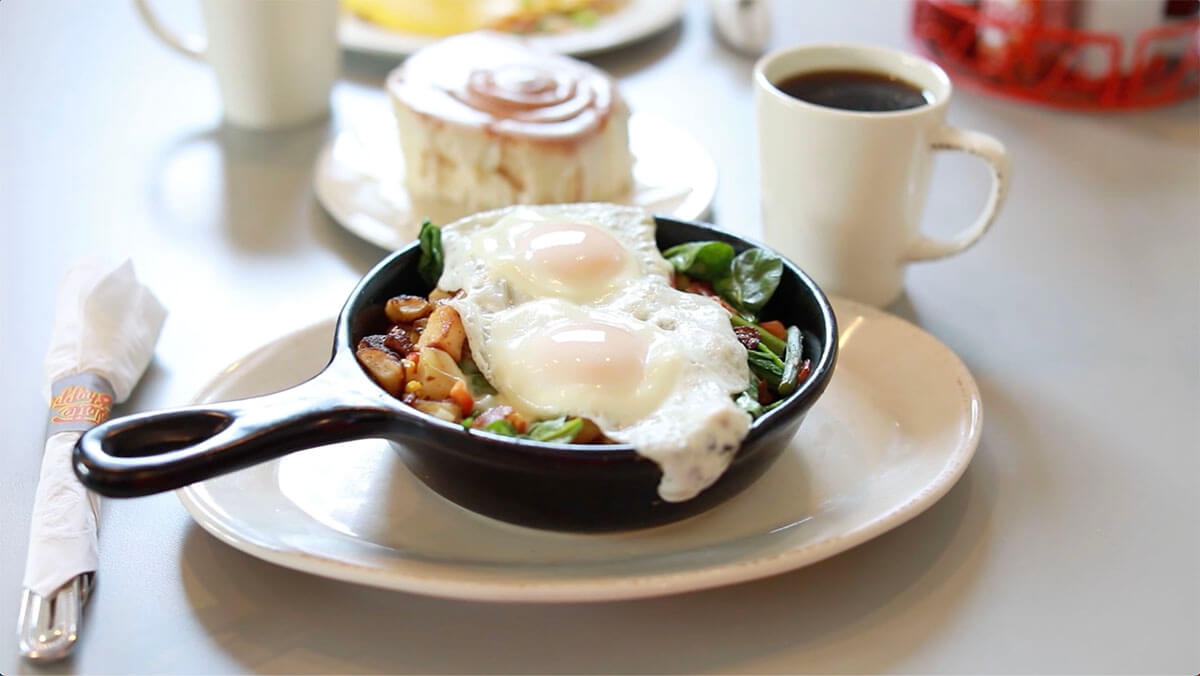


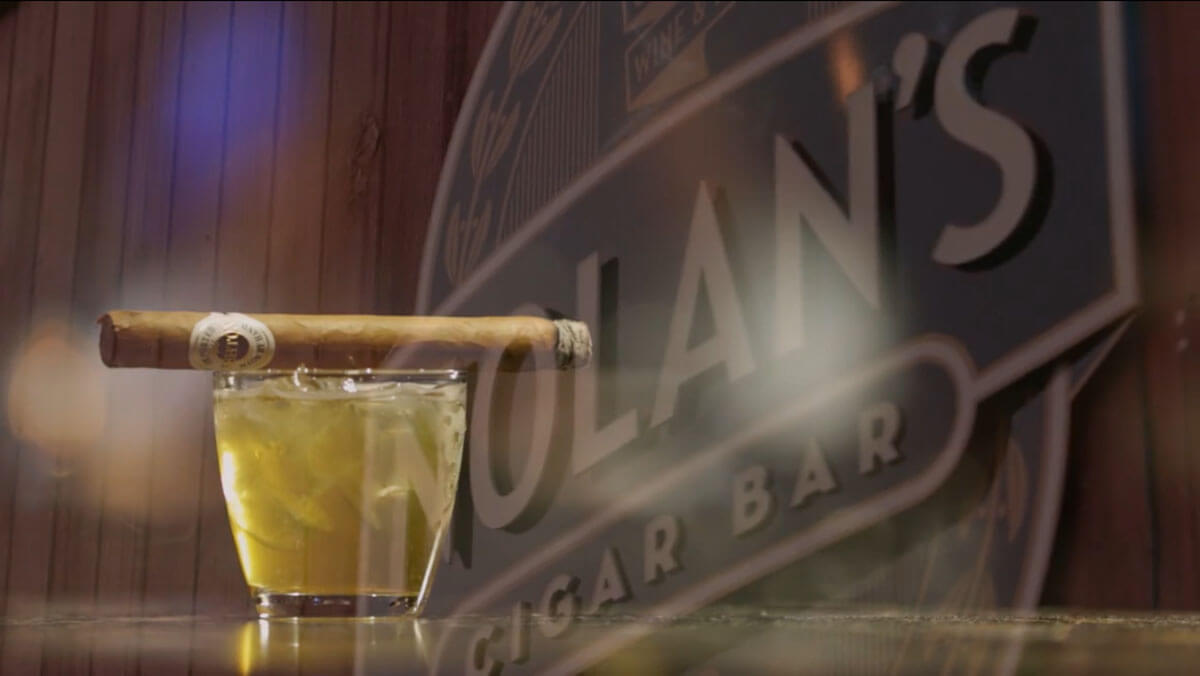

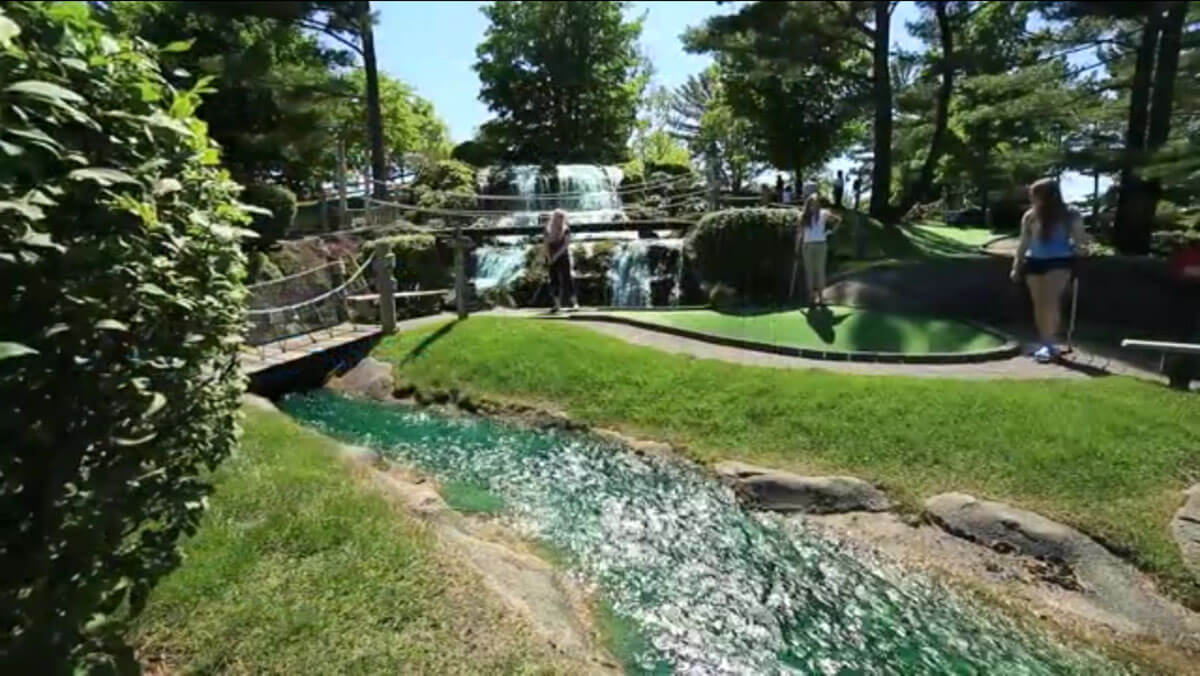
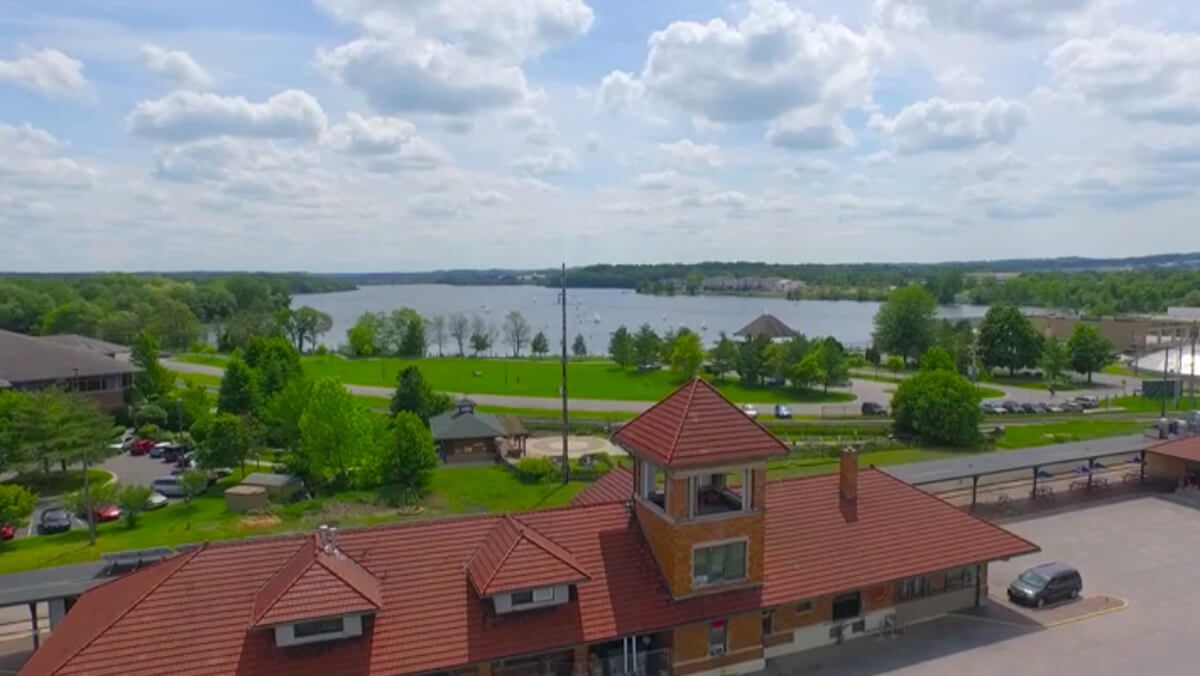

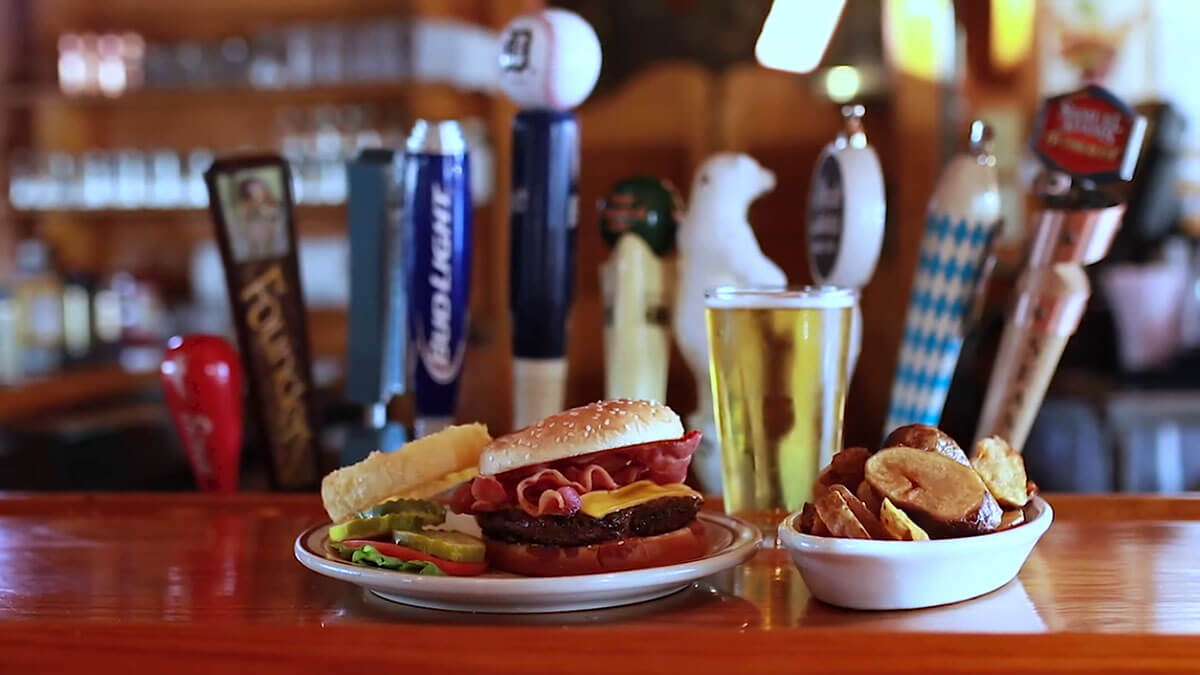

Get Social